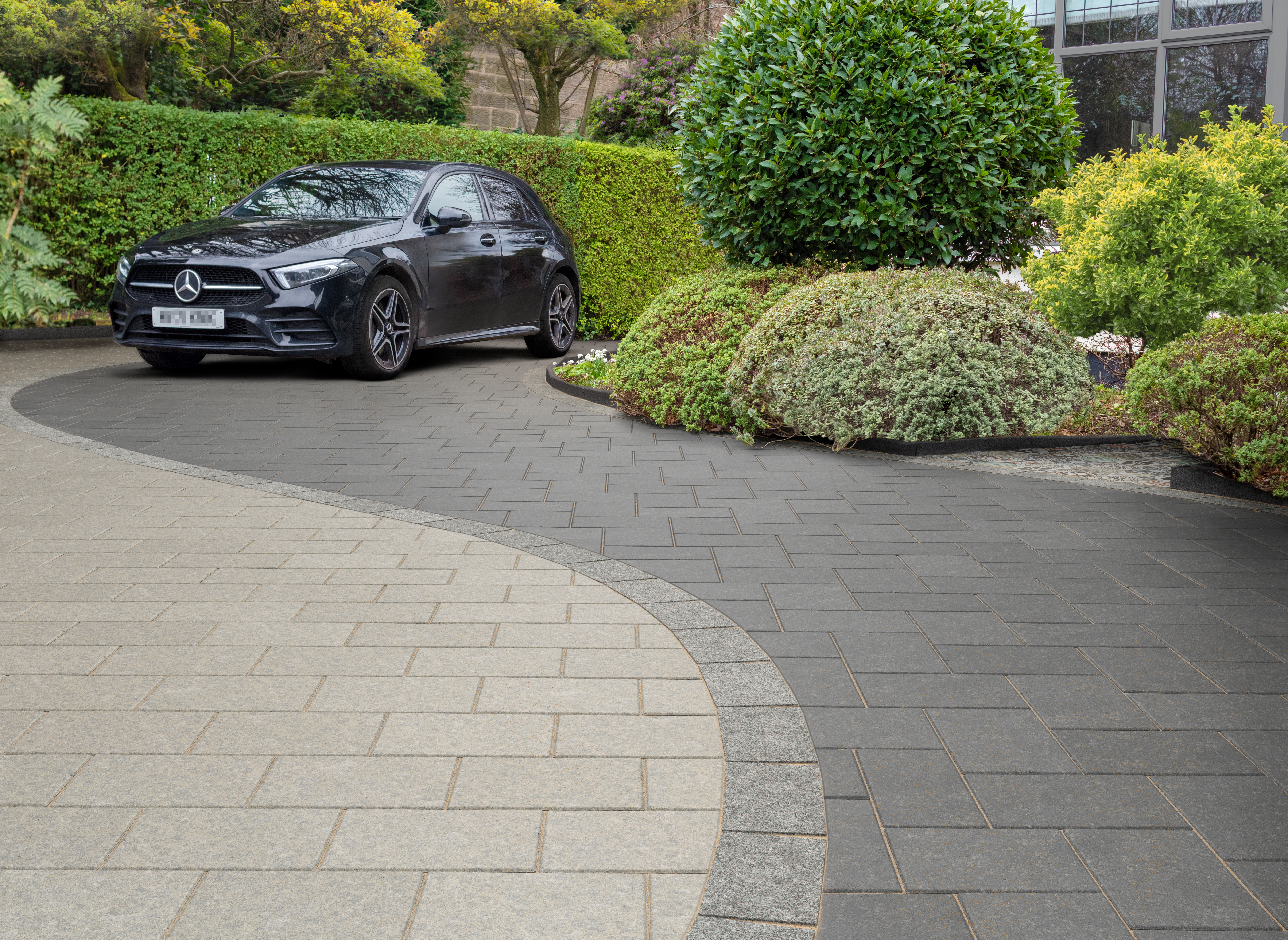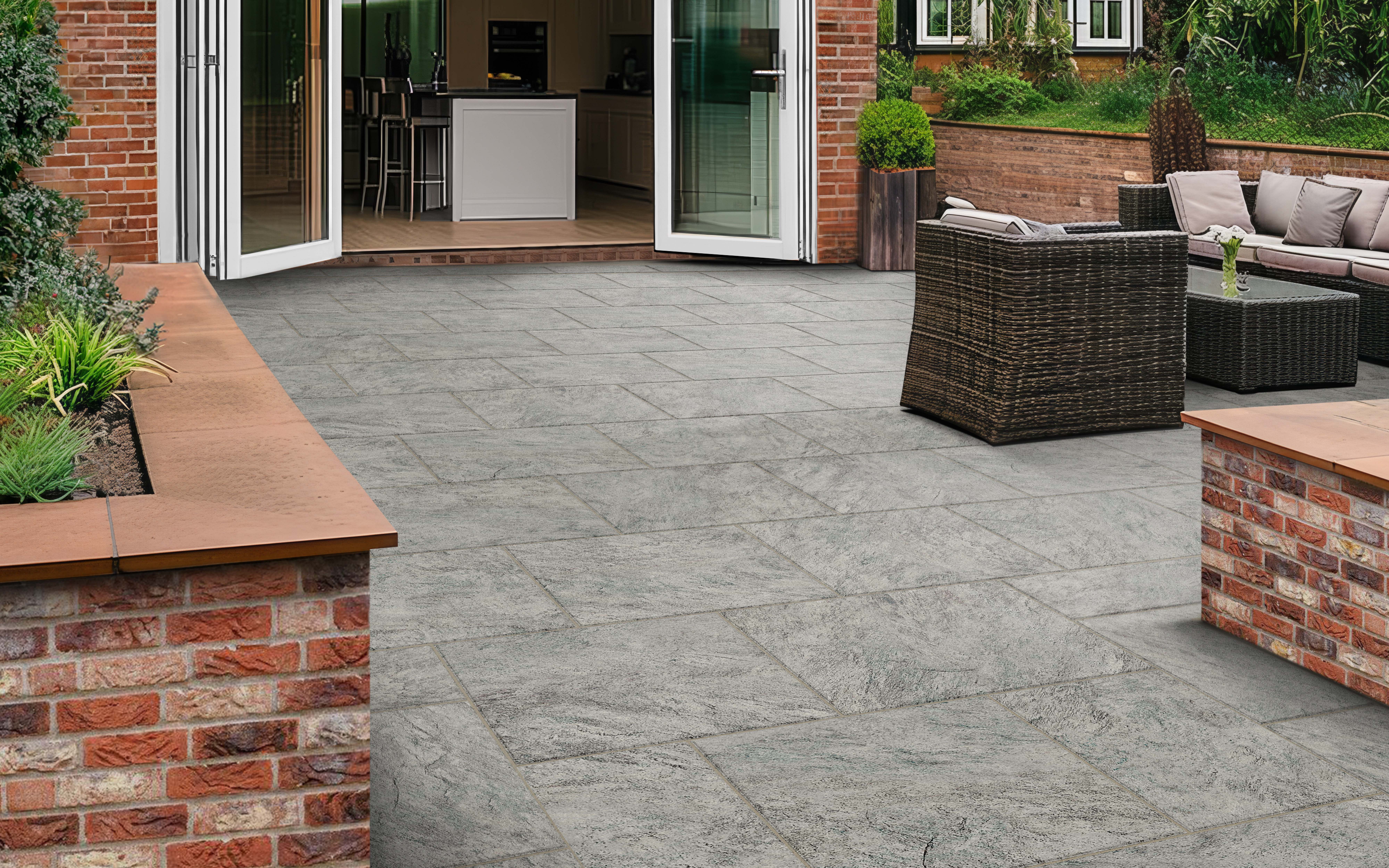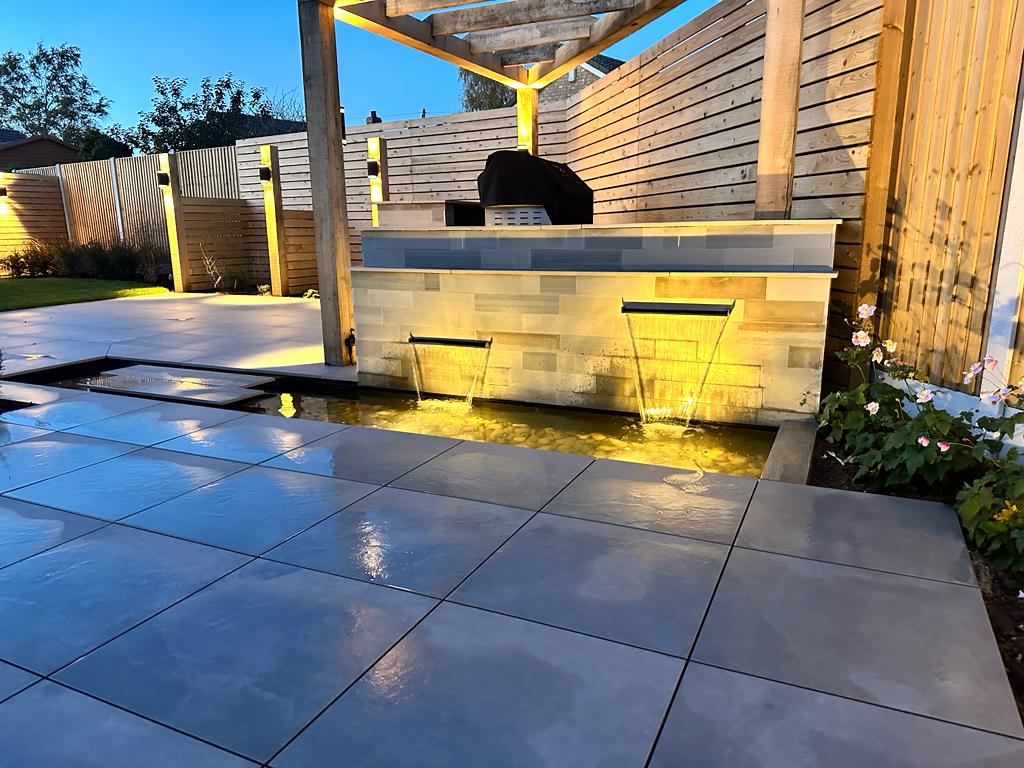As temperatures drop and the days get shorter, closing the garden gate and waiting for spring to breathe new life into your outdoor space can be tempting. However, winter doesn’t have to mean saying goodbye to your garden.
With some thoughtful planning and a few practical improvements, you can turn your garden into a welcoming retreat that’s just as enjoyable during the colder months as it is in the height of summer.
This guide explores 12 winter garden ideas to help you create an outdoor space that shines even when the sun doesn’t!
12 winter garden ideas
Plant for the winter season
In our resolve to create a cottage garden that looks straight out of a Monet come springtime, it can be easy to forget that those sun-loving blooms may wither in the cold.
By incorporating the right plants and prioritising sensory interest, you can ensure your fertile space doesn’t become a barren wasteland in the winter.

1. Plant evergreens
Evergreens like holly, boxwood, and yew are staples for winter gardens because they provide structure and greenery. They thrive even through the cold months when most other plants have lost their leaves.
Evergreen perennials like hellebores or heuchera can be resilient to frost and harsh weather and keep their foliage all year round. They’re also low-maintenance, so they’ll be easy to manage alongside other, more demanding plants that will keep you busy during spring and summer.
2. Include winter flowering shrubs
Not only will winter flowering shrubs brighten your garden, but they can also attract winter pollinators, making your space come alive with the bustle of wildlife. Shrubs like winter viburnum, mahonia, winter jasmine, and wintersweet will add colour and a variety of sweet and spicy scents.
3. Opt for seasonal plants and colours
If you’re a festive fanatic, why only decorate indoors? Incorporate seasonal flowers like snowdrops and red seasonal blooms like Christmas roses, holly, and poinsettia to bring anelegant, festive touch to your garden.
Prioritise hard landscaping features
Hard landscaping features are an excellent way to add interest to winter gardens. Even when foliage and flowers begin to wither, paving, paths, and kerbs & edging will remain unchanged.
Nonetheless, winter isn’t the best time to lay a patio or add a garden path, so a little foresight will go a long way towards making your garden feel welcoming in the cold season.

4. Invest in a patio area
Patios are a versatile hard landscaping feature that, thanks to the range of styles and materials available, can enhance modern and traditional gardens alike. From timeless natural stone to bold patterned tiles and from contemporary porcelain paving to wood effect woodstone paving, the design opportunities are endless.
For a patio that remains safe and practical even in winter conditions, opt for high-quality pavers or outdoor tiles that provide a non-slip surface and can withstand ice, snow, and rain.
Need some patio design ideas for your winter garden? Our inspirational guides are full of suggestions for every type of garden:
5. Add a pathway
A winding garden path immediately catches the eye and can be used to draw attention to or away from features of your garden, making it a great year-round addition.
A well-positioned path can lead the eye to a focal point like a large tree, sculpture, or seating area you’d like to highlight. Meanwhile, it can also divert attention away from areas of your garden that are less bountiful in the winter months, like planters filled primarily with summer flowers.
6. Incorporate levels
Incorporating levels is a tried and tested way to add interest to your outdoor space. However, this is often achieved through planting a mixture of short, medium, and tall flowers, trees, and bushes. Hard landscaping is a reliable way of adding levels to your garden when these plants aren't in full bloom.
You could split your patio across two or more levels and create staircases using Fairstone Fawn Versuro or Casarta Slate Steps. Our garden walling is ideal for building durable raised planters to showcase winter-flowering plants or contain evergreen herbs like rosemary and thyme.
Keep things bright
In an English winter garden, where sunlight is limited and days are short, lighting is essential for making sure you can still spend time outdoors. As well as being necessary for a practical, safe, and easy-to-navigate garden, the right lighting can create a specific ambience and cosy atmosphere.

7. Use cosy lighting features
Features like fairy lights and lanterns are the perfect way to illuminate your garden whilst bringing a warm and cosy living room ambience to the outdoors.
Hang strings of weatherproof warm lights across your patio to make a fairy light roof, line your walls or fence with bulbs, or drape cascading lights across pergolas. Waterproof lanterns hanging from raised elements or lining a pathway are perfect for an autumnal finishing touch.
8. Create a professional lighting aesthetic
If the cosy look isn’t for you, why not opt for a dramatic, professional-looking lighting scheme to keep you enjoying the outdoors? Ground lights, spotlights, and pillar lights on stairs and patios can transform your garden, giving it a modern and sleek look.
Creating winter-friendly outdoor spaces
Creating a beautiful winter garden is an excellent idea, but making a space you can spend time in despite the cold is even better. Take a leaf out of the Nordic playbook (see Scandinavian Garden Ideas) and create outdoor living spaces equipped for the winter.

9. Choose the right furniture
Maybe sitting outside in the winter can’t compare to the joy of enjoying a crisp pint in the garden on a summer’s day, but you can still encourage outdoor living with garden furniture.
Invest in garden furniture made from weather-resistant materials like treated wood, metal, or all-weather rattan to create a comfortable seating area. Layer thick blankets and cushions on your furniture for extra warmth whilst you’re using it. Put blankets and cushions away and use furniture covers when the seating isn’t being used to help extend its lifespan.
10. Add shelter and warmth
Setting up your seating area around a heat source will extend its usability into the winter months. Fire pits and chimineas create warm, cosy central points that are great for gathering around on cold evenings. A heat lamp or electric patio heater will work just as well for a more modern garden. Just remember to keep any kind of heating a safe distance from yourselves or anything that could damage.
Protecting against rain and snow is essential in a British winter, so pergolas and gazebos will be your best friend. Set up your seating area and heating under a shelter so it can stay open no matter the weather.
Enhancing with ornaments and wildlife feeders
11. Weave in garden ornaments
Sculpture, statues and garden ornaments are a failsafe way to add personality to a winter garden. As well as accentuating your foliage and flowers in the summer, ornaments will act as striking features that stand out against a snowy or bare backdrop in the winter.
Strategically placed focal points will give your garden a sense of structure and design, even when plant life is dormant.
12. Attract wildlife
Adding bird feeders and birdbaths to your garden can attract wildlife, recalling the vibrancy of the summer months by adding movement to your garden. Choose bird feeders made of durable materials that won’t crack in frost and place them in locations that need livening up.
How to prepare your garden for winter
By giving your garden the attention it needs in the run-up to winter, you can ensure it stays healthy and protected during the coldest months and is set up for a vibrant, flourishing space come spring.
Here are some practical tips for getting your garden winter-ready:
- Rake leaves, twigs, and debris: Issues like rot or fungal growth can occur when too much debris settles on your garden for too long. To avoid this, regularly rake and clear lawns and flowerbeds in the run-up to winter to prevent these problems.
- Protect delicate plants: Move potted plants indoors to sheds or greenhouses and use horticultural fleeces or cloches to protect flowerbeds
- Prune and tidy up: removing dead or dying branches from trees and shrubs will improve their health, making them stronger and improving their bloom come spring
- Prepare your lawn: Leave your grass a bit longer before a cold snap to protect it from the cold. If your lawn is prone to waterlogging, aerate the lawn to improve drainage and help the grass roots breathe.
With high-quality products and expert guidance from Marshalls, you can build a winter garden that’s as beautiful as it is practical.
Weatherproof your outdoor space with Marshalls
Whether you have a patio or you’re thinking of adding one to your garden, make sure it’s ready for the cold weather with Marshalls. Our leading range of paving products includes must-have weatherproof pointing that’s ready for the winter even if you’re not.
Elsewhere, our paving and outdoor tiles are ideal for building patio areas that can endure harsh winter conditions with non-slip options to withstand ice, snow, and rain. Explore timeless natural stone, contemporary granite, and bold patterned porcelain options to find a style that suits your winter space and budget.
Strategically place pathways to highlight focal points like ornaments or let them lead you to a cosy, heated seating area. Use garden walling to create levels with raised planters filled with winter flowering plants, evergreens, and seasonal blooms.
If the thought of measuring all of this up is giving you a headache, we’ve got you covered. Use our Outdoor Reality App to visualise which styles suit your garden and calculate how much stone you’ll need.
Whatever your winter garden vision, Marshall’s can bring it to life with our network of accredited installers and start-to-finish support!
FAQs about winter gardens
Should garden beds be covered in winter?
We highly recommend covering garden beds in winter. A layer of mulch can help protect the soil and plant roots from extreme temperature fluctuations, retain moisture, and reduce weed growth.
Can you garden in the winter?
There are plenty of gardening activities you can do throughout the winter. This is a great time for planning, pruning, and planting certain crops and trees. You can sow hardy vegetables like garlic, onions, and broad beans and plant spring bulbs like daffodils and tulips.
Will vegetables grow in the winter?
Many vegetables can grow and even thrive in winter, especially if you provide some protection, like a greenhouse. Kale, spinach, leeks, Brussels sprouts, and winter lettuces are well-suited for cold conditions and can be harvested throughout the season. Root vegetables like carrots and parsnips can also be left in the ground and can even be improved by the frost of winter.